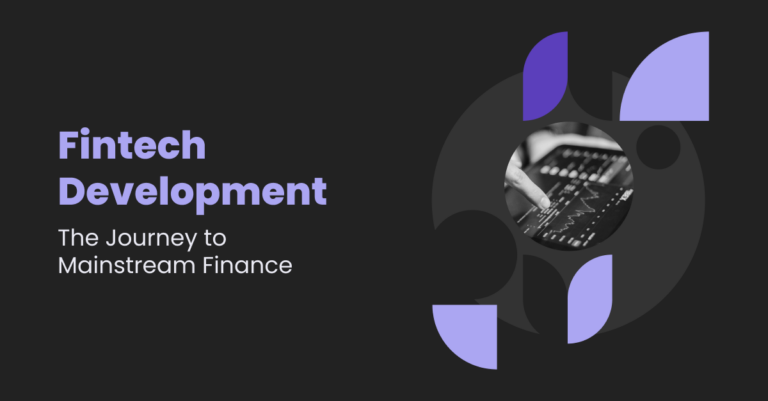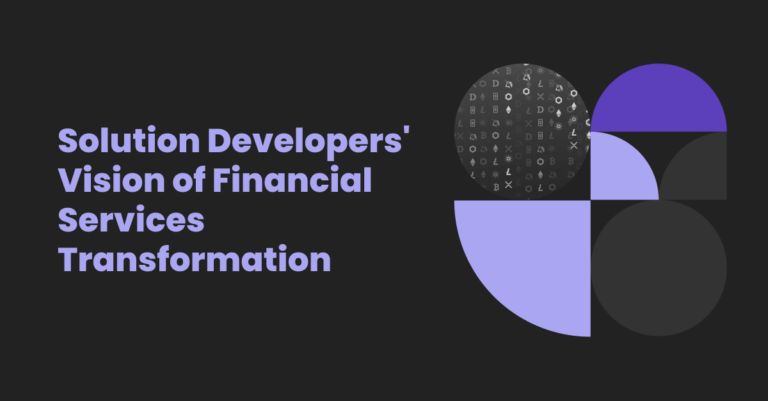Even if you have ideal staff in your organization, it might not be sufficient for your future business needs. Talent management is crucial to meet your workforce needs and goals as timely and efficiently as possible.
What is the meaning of talent mapping? How does conducting this strategic recruitment exercise impact a business? Why are businesses turning away from recruitment agencies and conducting their own research for hiring? Find out the answers to these questions and more in our comprehensive guide on talent mapping.
Talent Mapping: Definition and Explanation
Talent mapping refers to the set of practices that enhance an organization’s talent acquisition. This includes finding the required talent, putting them in the right roles, and retaining them. This is a recurring activity that keeps evolving with changing business requirements. To simply answer “what is talent mapping,” it is a strategy to identify and meet hiring demands.
This strategy is often considered necessary in order to hire external talent. However, a significant talent mapping example is moving a resource from one internal position to another.
Successful talent mapping requires thoughtful planning. This involves finding answers to these questions:
- What exactly are the demands of the job?
- How will a new hire impact the balance of the team, including its diversity and distribution of work?
- How market-competitive is your offer for the particular job designation?
- What are the expected requirements of the new hire?
- How are your competitors operating; what are their skillset and organizational structures?
- Where does the best talent work? Are there certain companies that the top talent prefers? If so, why is this so, and how can your organization become more like them?
Once a well-thought-out plan has been formulated in accordance with the answers to these questions, hiring can continue. Without talent mapping, even though hiring is completely possible, it might not be efficient at all. For instance, a company may vet a certain candidate through rigorous rounds of interviews. However, at the offer stage, it is found that the candidate has a salary demand outside of the company’s compensation range. At this point, the candidate would obviously have to be let go, but this would have resulted in wasted resources.
Benefits of Talent Mapping
Talent mapping not only improves talent acquisition but also secures the future and growth of a business.
- This strategy can help you understand your workforce better. Before planning the future, it is important to identify where your workforce currently stands. This includes determining how productive your employees are, the average job satisfaction level, what the turnover situation is, what motivates the employees to leave or stay, and what talent needs are already covered. Knowing these key areas can help you maximize your employees’ productivity, develop in-house talent, and meet the current business needs with your workforce.
- With talent mapping in the recruitment process, you can easily understand key market factors. These include significant demographics, mobility trends, and prominent employers. This can aid an organization by determining whether the required talent is within the desired location if candidates would prefer remote work, and how long employees are likely to stay within a certain position. Assessment of these factors can help evaluate methods to improve employee retention in the future. In addition to this, by identifying the leading employers in the industry, you can research the incentives they are offering and design equally or more competitive packages for prospective employees.
- This is an indirect but reliable way of building an employer brand. By regularly engaging with external talent, you can improve your employer brand and increase your organization’s reputation. It is very common nowadays for companies to partake in talent community building where they utilize marketing touchpoints and networking to remain among the top choices for potential candidates.
- With talent mapping services, you can also implement diversity strategies. By gathering insight into the age, gender, and ethnicity demographics (among other diversity factors) of candidates, you can design your hiring process to choose a more inclusive and diverse set of employees. Workplace diversity is increasingly seen as a vital part of an organization now, so this shouldn’t be ignored.
- By employing recruitment process mapping, the risk of reactive hiring is minimized. This refers to the need to fill a role immediately. The position remains vacant during the search, which leads to a decline in productivity, missed deadlines, or delayed work. If talent mapping is not conducted timely, reactive hiring becomes the only option. However, it is not recommended because the IT recruiting process takes time, productivity is reduced, it often leads to a compromise in quality, and it might even cost you a lot. With the prompt implementation of talent mapping, you will not need to immediately fill a vacant position and face the pitfalls of reactive hiring.
- A major benefit of this strategy that is not discussed much is that it provides insight into your competitors. This includes their organizational structure, skillsets, team, sizes, and job designations. Talent mapping can produce comprehensive reports with such insights, which can, in turn, help an organization benchmark its organizational structure and processes. By identifying any gaps, necessary changes can be made before the organization suffers any setback.
- In order to choose the best talent, it is important to consider not just the people actively seeking employment but also scout for specialists in every skillset across the field – which is a talent mapping example. This way, both passive and active candidates are approached. A larger pool to choose from means that you will have more skilled people, which eventually translates to better employees. After all, the best of the lot does not simply sit around waiting for employers. Thus, you need to seek them out with such proactive strategies and offer them a more attractive deal than what they already have.
- The reduction in expenses is a prominent benefit of utilizing such a strategy. Although other types of resources are involved in talent mapping, it cuts down on any placement fees. By owning all the candidate data, there is reduced reliance on recruitment agencies. You can hire any number of candidates without having to worry about the cost associated with hiring each of them.
Conclusion
You can either wait and hope for the ideal candidate to come to you or proactively engage in activities to hire the right candidate(s). This is where talent mapping comes in, helping you shape your recruitment strategy to cater to future needs. Among a wide array of benefits, it will ensure that you are in a far better position than your competitors to engage with quality candidates who are available to fill a required role.
Begin your talent mapping by defining your growth path and then identifying the skills, education, and expertise your workforce needs to accomplish your goals. To get your customized talent mapping strategy, you can utilize professional IT consulting services and identify the talent requirements of your organization.
















